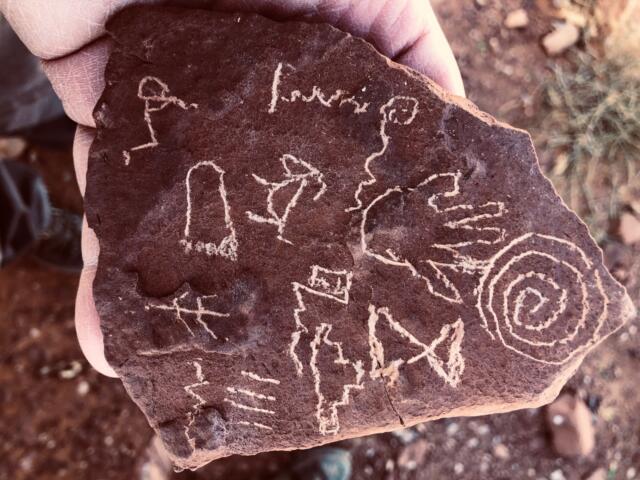This is the ad hoc, unscripted part of the course.
Welcome, Session 01, 02, 03, 04, 05, 06, 07, 08, 09, 10, 11, 12, 13, 14, 15, 16
Bonus homework:
If you can, listen to the K1USN SST on Sunday either on air or via Web SDR, see what you can pick off. If you want to try to make an on-air contact, that would be awesome, too. As a reminder, the exchange information is here.
In class, let’s try a few exercises with state capitals:
(Warmup) Send a two-letter abbreviation to the next person. If they copy, they’ll repeat it back, sender acknowledges with an “R”. Recipient then picks a two-letter abbreviation to send to the next person, and so on. If they don’t copy, send a question mark for al resend. We’ll see if we can do a few quick rounds.
(Once warmed up), Send a state capital, next person responds with the two letter abbreviation. They’ll then send another state capital to next person. (Gives a little more practice sending.)
Warm-up sheet:
- The basic class has a few resources like the Daily Morse Code “Scales” sending warm-up. (To be honest, the repeated letters was pretty tedious, so I would skip to the “Drill” portion.) Bens Best Bent Wire is fun to send. When that gets too easy, try the pangrams.
- Start faster than you would normally send. For example, if you normally can do 5 words a minute, try 7 or 10, letting mistakes pass over you. Once done that, retry at your nominal rate and work for accuracy.
Software used:
- Audacity (free) – https://www.audacityteam.org/ – you can use this to record yourself and also control playback of an MP3 such as one downloaded
- G4FON – another online training program
- Morse Mania (freemium, iOS and Android) seems to be gaining a lot of popularity because it has canned word lists in it. I found entering things on the keyboard was distracting and fraught with error.
- Online: LWCO (https://lcwo.net/) – you can use this to generate MP3s such as the ones Mateo sent out for lessons 3-10.
- Online: MorseCode.Ninja https://morsecode.ninja/practice/index.html has a lot of resources, including pre-recorded YouTube videos.
- Stephan mentioned using FLDigi to decode. It and the phone app (whose name escapes me at the moment) do need some tuning.
For learning to copy call signs:
- Rufzxp (free) – this is the one that I mention will speed up if you get the call sign right … until you don’t, then it slows down a little bit. It also allows you to set up custom word lists and maintaining the speed. Here is a tutorial on using custom word lists, which will be more useful when we start the beginner class. Windows & will work fine in Parallels. There is a command-line version for Linux/Mac/Windows that does a similar thing.
- Morse Runner (free) – This is useful for practicing contest exchanges because there is a call sign and a serial n umber the “computer” sends to you. It maintains the speed within a certain range, but gives you the option of adding real-world conditions like noise, fading, op mistakes. There is a Mac bundled version (using the WINE emulator).
Hardware:
- Some radios have a built-in decoder that you can use to capture your sending and use that as a tool to assist in timing.
